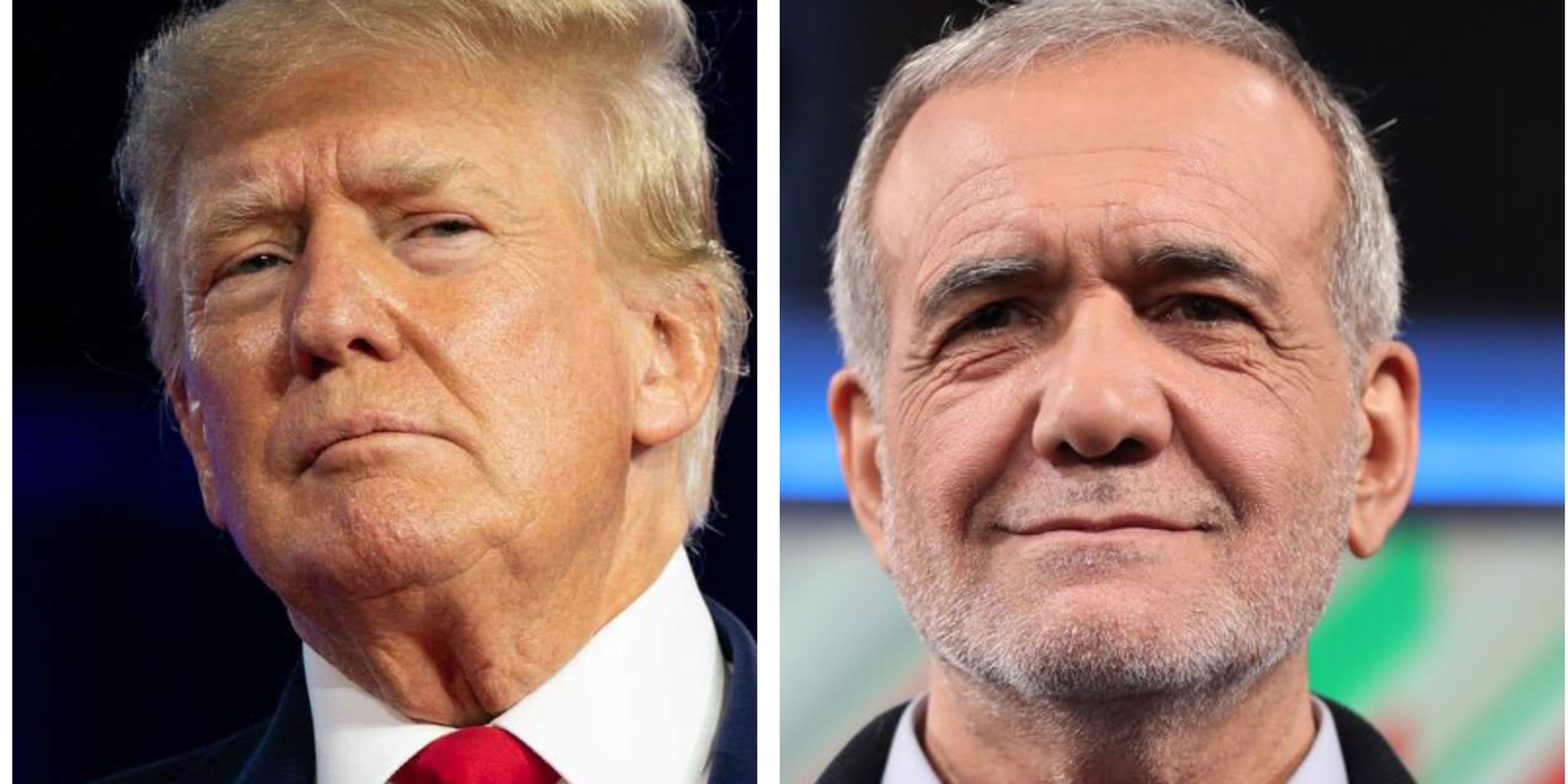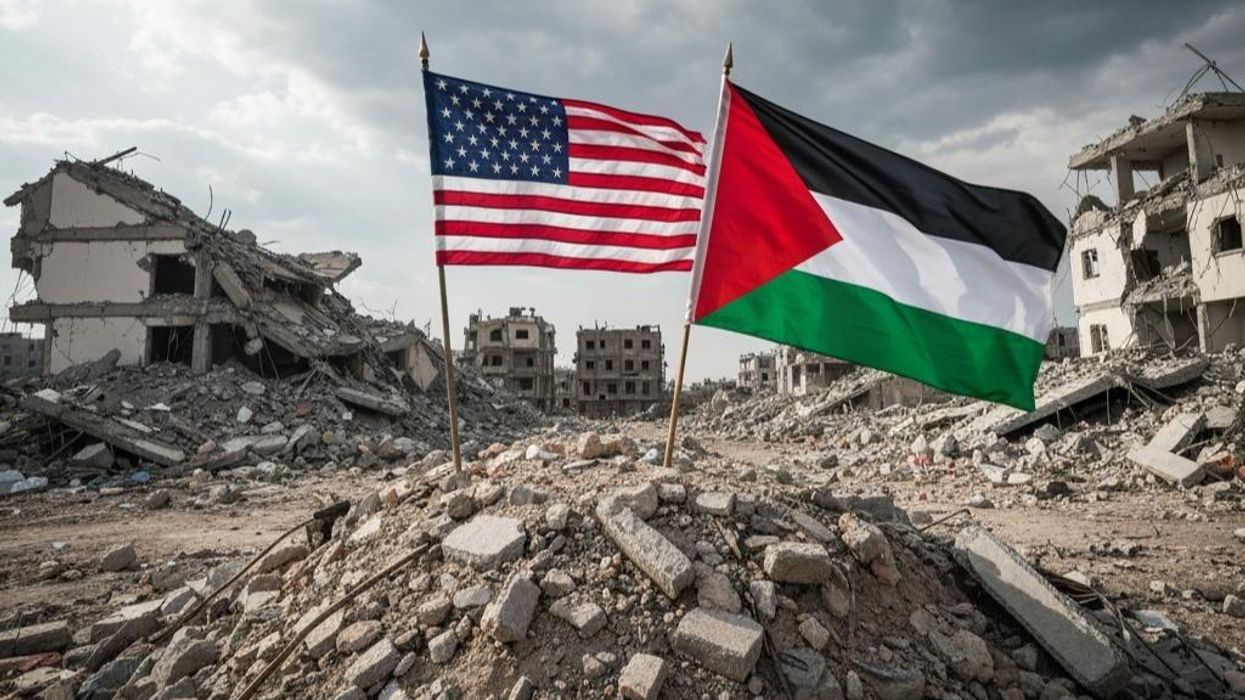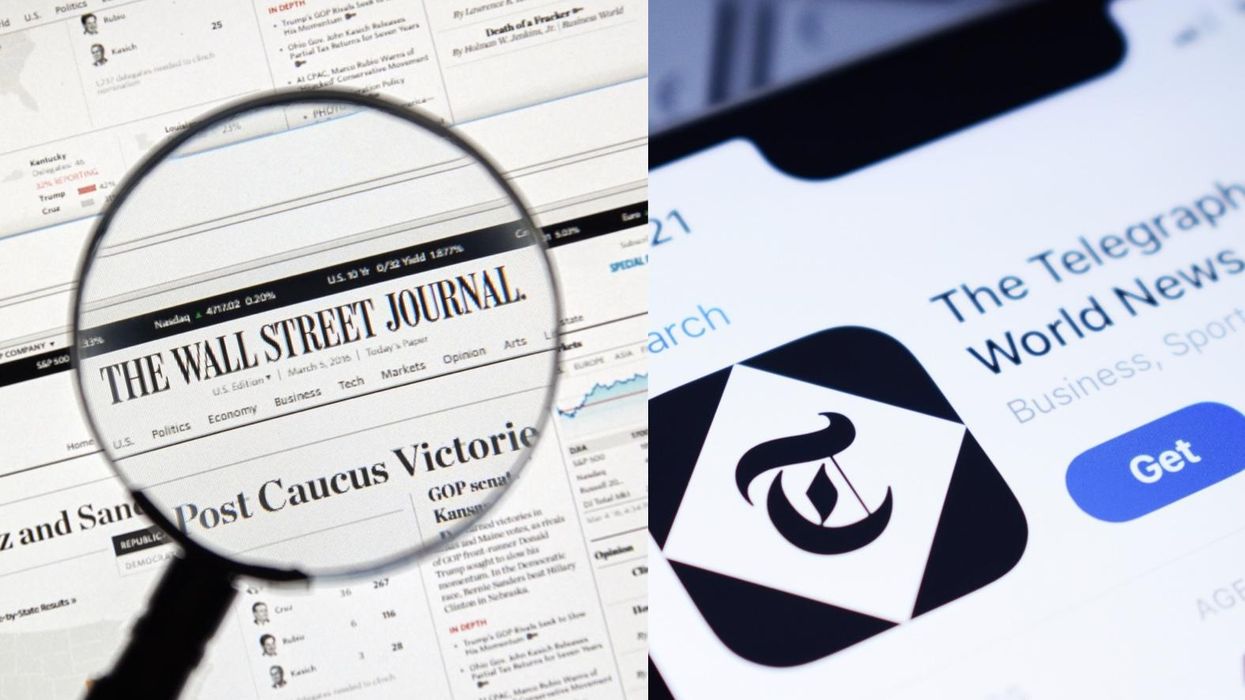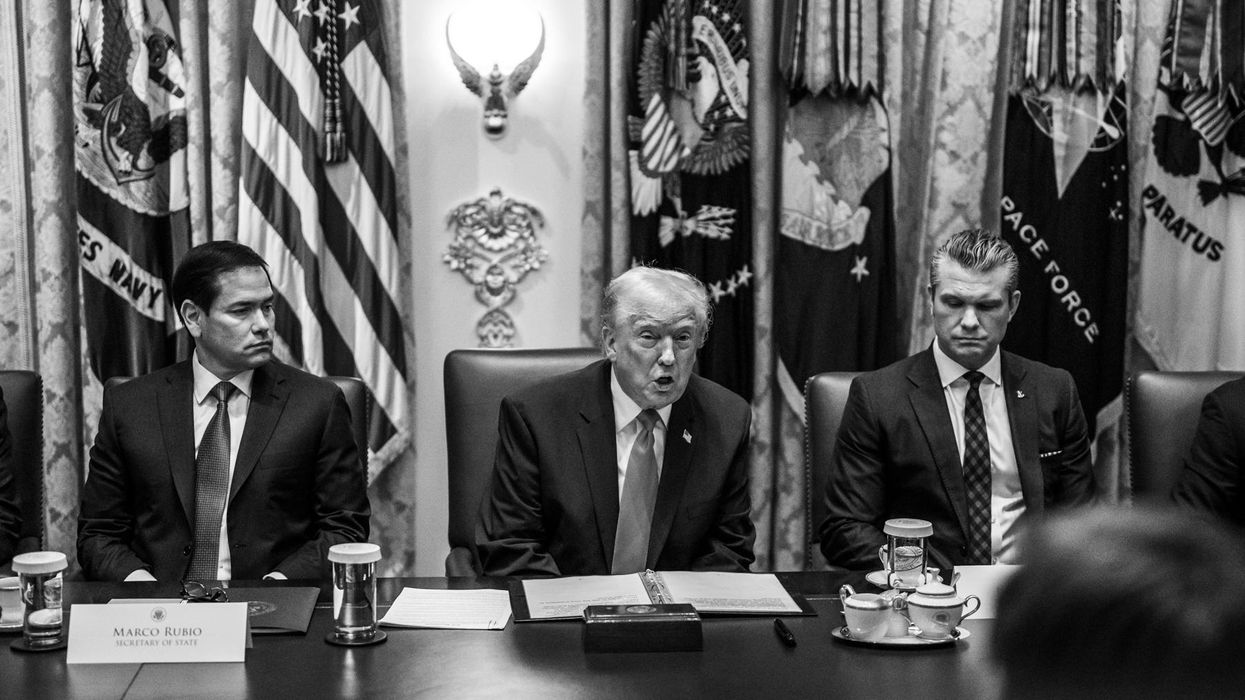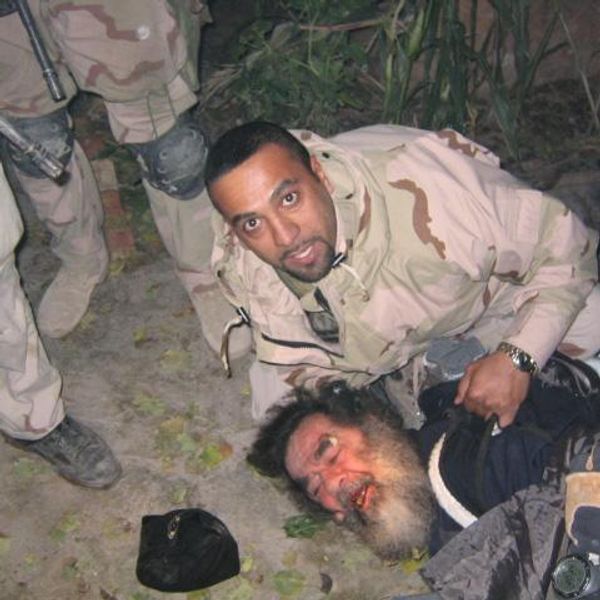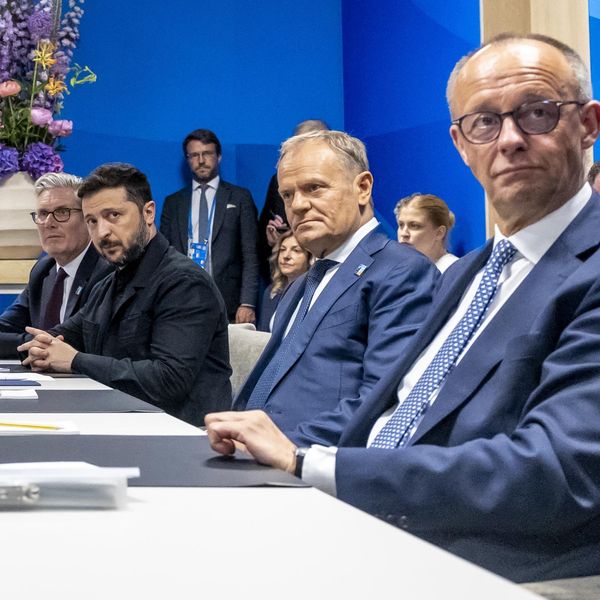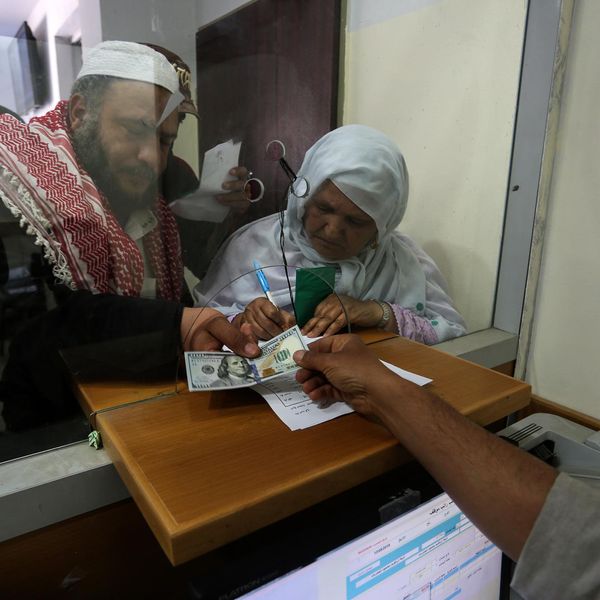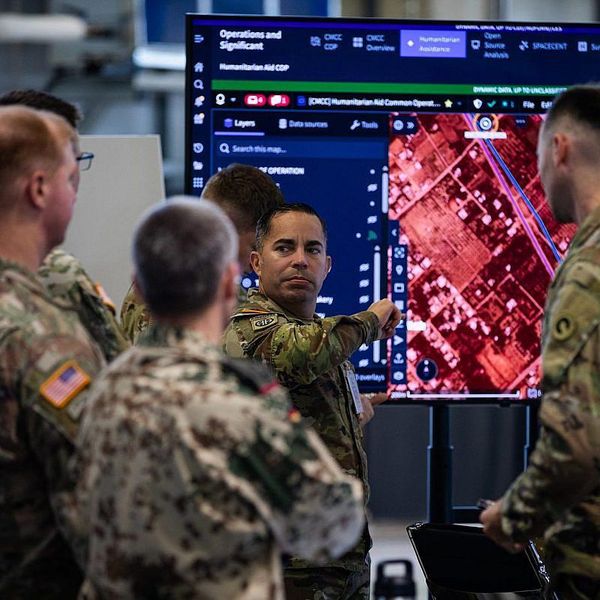Defying speculations about a re-instated “maximum pressure” campaign against Iran, the U.S. President Donald Trump has messaged his preference for a diplomatic solution to the tensions with Tehran.
On Fox News’ “Hannity” show on January 23, Trump said that the “only thing” he insisted on was that Iran “can’t have a nuclear weapon.” Significantly, he didn’t mention anything about Iran’s regional policies or its conflict with Israel, nor did he express any inclination to bomb Iran or change the regime in that country.
Given that Iran’s leaders themselves have repeatedly emphasized that they do not seek nuclear weapons, an agreement between Washington and Tehran should look eminently possible.
Indeed, after the election of the reformist president Massoud Pezeshkian, Tehran has likewise consistently telegraphed its readiness to re-engage in diplomacy. The Vice-President for Strategic Affairs Javad Zarif, whom some in Tehran refer to as the “kingmaker” behind Pezeshkian, expounded on Iran’s new, more collaborative vision in recent essays for Foreign Affairs and The Economist, and further articulated it at the World Economic Forum in Davos, Switzerland last week.
Despite the apparent political will on both sides, however, the path to the deal is anything but straightforward. The context differs significantly from 2015 when the nuclear agreement known as JCPOA was concluded between Iran and the world powers that effectively curbed Iran’s nuclear program.
After Trump withdrew from the JCPOA in 2018 and Biden failed to restore it, Iran has steadily advanced its program. That includes, among other steps, uranium enrichment to 60%, a level creating an option of swiftly enriching to 90% (weapon-grade level), and installation of more advanced centrifuges. According to the nuclear expert Kelsey Davenport, Iran can now produce enough weapons-grade material for five to six bombs in about two weeks.
Concerns over these developments are exacerbated by the limited access the International Atomic Energy Agency (IAEA) has had to Iran since 2021, increasing the risk of unmonitored dispersion of nuclear material to covert sites.
What complicates matters further is shifts in the Iranian nuclear discourse. The official line remains that Tehran is not seeking weaponization — the Supreme Leader Ali Khamenei’s fatwa (a religious edict) prohibiting nuclear weapons is still in force. However, a number of regional setbacks, such as Israel’s battering of Iran’s Lebanese ally, the Shiite militia Hezbollah, and the downfall of the Assad regime in Syria, another key cog in the Iran-aligned “axis of resistance,” has created powerful incentives for Iran to obtain a nuclear deterrent.
Officials and policymakers now openly hint at a possibility of rethinking Iran’s nuclear doctrine towards threshold weaponization. Israeli Prime-Minister Binyamin Netanyahu’s bellicosity pushing to seize the moment of Iran’s perceived weakness to attack the Islamic Republic directly (with American help, as Israel has no such capability on its own), only further incentivizes Tehran to go down that road.
This set of considerations only underscores the magnitude of the task of dealing with Iran. The technical negotiations over Iran’s nuclear program are going to be long and protracted given the advanced state of Iran’s nuclear program. They would also need to be embedded in a broader regional strategy that addresses Iran’s security concerns — alongside other players in the Middle East — reducing the incentives to obtain a nuclear deterrent in the first place.
Khamenei decided to greenlight diplomacy with the U.S.: Iran’s ailing economy necessitates some form of sanctions relief, and that won’t be forthcoming without some sort of a deal with the U.S. The dividing line is not about whether to engage with the U.S., but how to do it.
The more forward-looking elements, mostly represented by the Pezeshkian’s reformist administration, favor reaching out to Washington pro-actively in order to shape the future negotiations. But their more conservative opponents insist that since the U.S. was the party that abandoned the JCPOA, it must take the first step to regain Tehran’s trust.
Besides, these hardliners see little strategic incentive in trading away Iran’s nuclear leverage in exchange for a highly uncertain sanctions relief. Meanwhile, the conservatives are also confident that a recently signed strategic partnership with Russia, especially its clauses related to military and security cooperation, can provide Iran a measure of deterrence against future attacks from Israel and/or U.S.
The proponents of waiting for a U.S. move seem to be having, for now, an upper hand in the internal debates in Tehran. The reformists, however, believe that simply waiting for a U.S. proposal is a mistake and a waste of time. They assess, likely correctly, that Trump is keen on a quick deal to burnish his peace-making credentials — now that a swift end to the war in Ukraine seems highly implausible, Iran could prove to be a low hanging fruit.
A limited, framework deal modeled on the one Trump signed with North Korea in his first term could serve as a blueprint, and as Iranian diplomatic sources reckon, could be prepared in a couple of weeks if a political decision is there.
There are legitimate concerns, even among those who would consider such a course of action, about the feasibility of a more substantive follow-up to such a deal. However, even a limited deal, ideally followed by a highly symbolic step, such as a handshake between Trump and Pezeshkian, would already be massively de-escalatory, discourage the spoilers from the pro-Netanyahu lobby, and gain time and political space to negotiate a sustainable, substantive deal addressing the Iranian nuclear program, sanctions relief, and even broader regional situation.
While diplomacy with the U.S. is still in an exploratory stage, Iranians have already engaged with the EU and E3 (Britain, France, Germany). Tehran doesn’t entertain any hope that the EU/E3 will be either willing or able to restore the JCPOA on their own, without the U.S. The purpose of meetings is to prevent them from playing spoilers, such as snapping back the UN Security Council sanctions against Iran before the deadline in October 2025. UK and France, as both members of the UN Security Council and signatures of the JCPOA, can invoke that snapback, and it is not subject to a veto.
These negotiations are also, however, meant to signal to Washington that Tehran is, this time, serious about a deal. The road to the original JCPOA was also paved initially by Iran’s negotiations with the European trio, which the U.S. joined at a later stage. The U.S. has a clear incentive to join the substantive talks in a multilateral format as otherwise, if it engages solely in a bilateral track with Iran, there is a risk that E3, fearful of being left out of a potential agreement between Washington and Tehran, will play a spoiler by activating the snapback — all the more so as relations between the U.S. and EU themselves are drifting into uncharted waters.
A limited bilateral deal that could de-escalate tensions between the U.S. and Iran, followed by deeper multilateral talks involving the original JCPOA signatures would seem like the most realistic way forward. With the political will seemingly present among all the players concerned, it is time to move on.
- Five years after Trump's JCPOA exit, Iran closer to bomb than ever ›
- Report: Incoming Trump officials mulling attack on Iran ›
- Trump stuns: Top Iranians 'do not want...a nuclear weapon' | Responsible Statecraft ›
- Can Russia avert a US slide toward war with Iran? | Responsible Statecraft ›
- How Iran quietly buttressed its pledge to not build nukes | Responsible Statecraft ›
- The war over war with Iran has just begun | Responsible Statecraft ›
- Can Trump wait for a deal with Iran? | Responsible Statecraft ›
- With Iran talks, Trump could achieve a triple win | Responsible Statecraft ›

